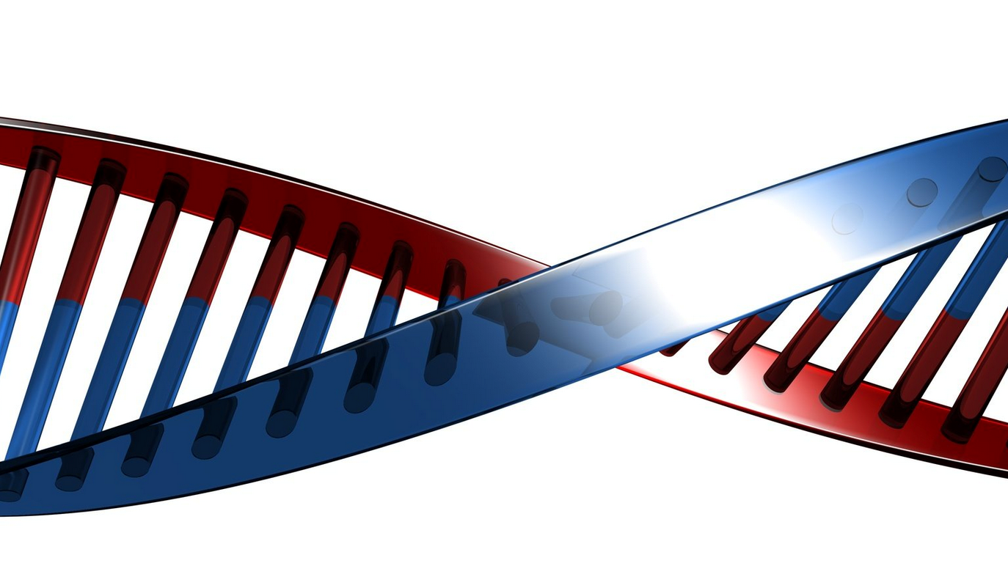
We used gene-editing technology to knockout the Hsd11b2 gene, which inactivates glucocorticoids, and have generated a model that faithfully represents the syndrome of apparent mineralocorticoid excess. The animals have salt-sensitive ‘non-dipping” hypertension, (blood pressure that fails to reduce during their rest period), are hypokalaemic, polydipsic and polyuric and also have reduced mesenteric fat pads, revealing a metabolic sparing phenotype in addition to alterations in electrolyte handling. We are using the model to investigate the earliest triggers of increased blood pressure.
Research Methods and Objectives
We use gene editing, transgenic modelling of human disease, metabolic studies, blood pressure measurements and renal function studies to understand phenotypic implications of genetic alterations.

